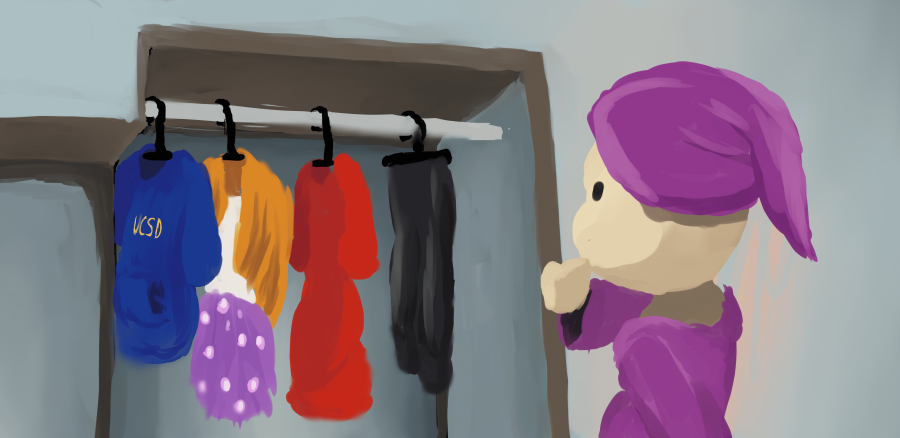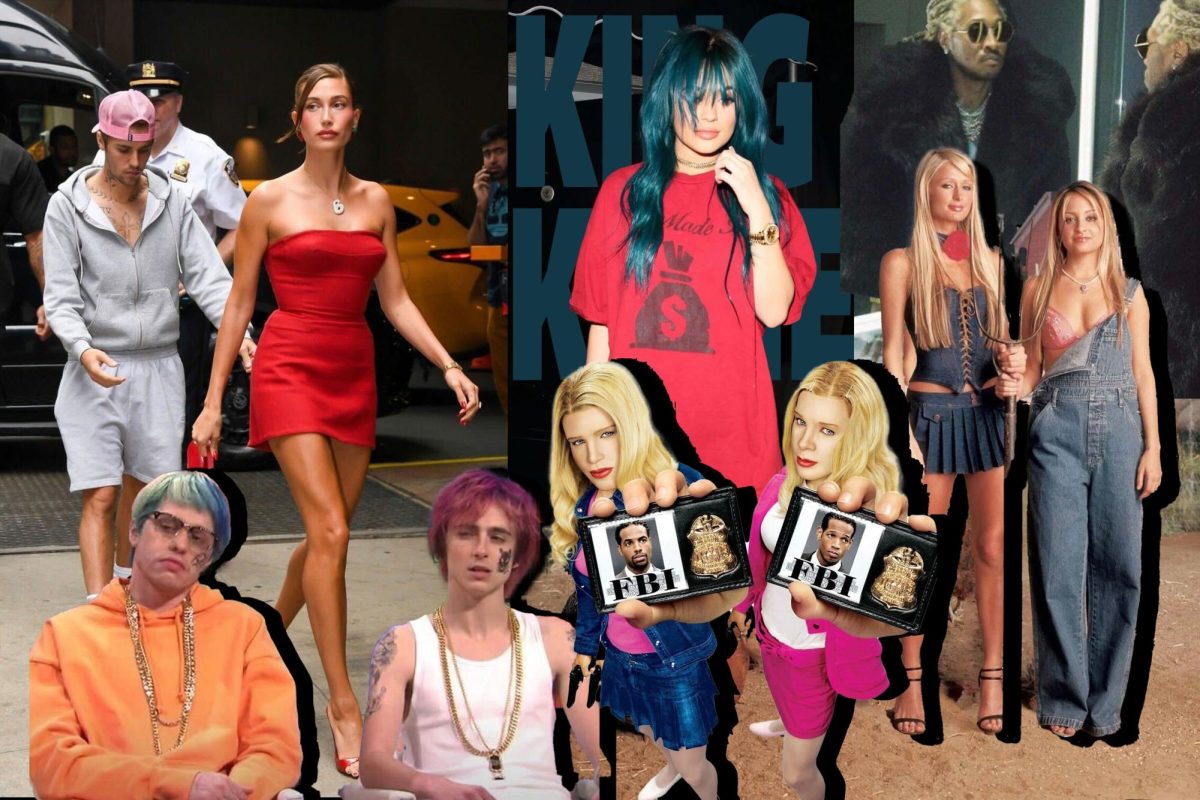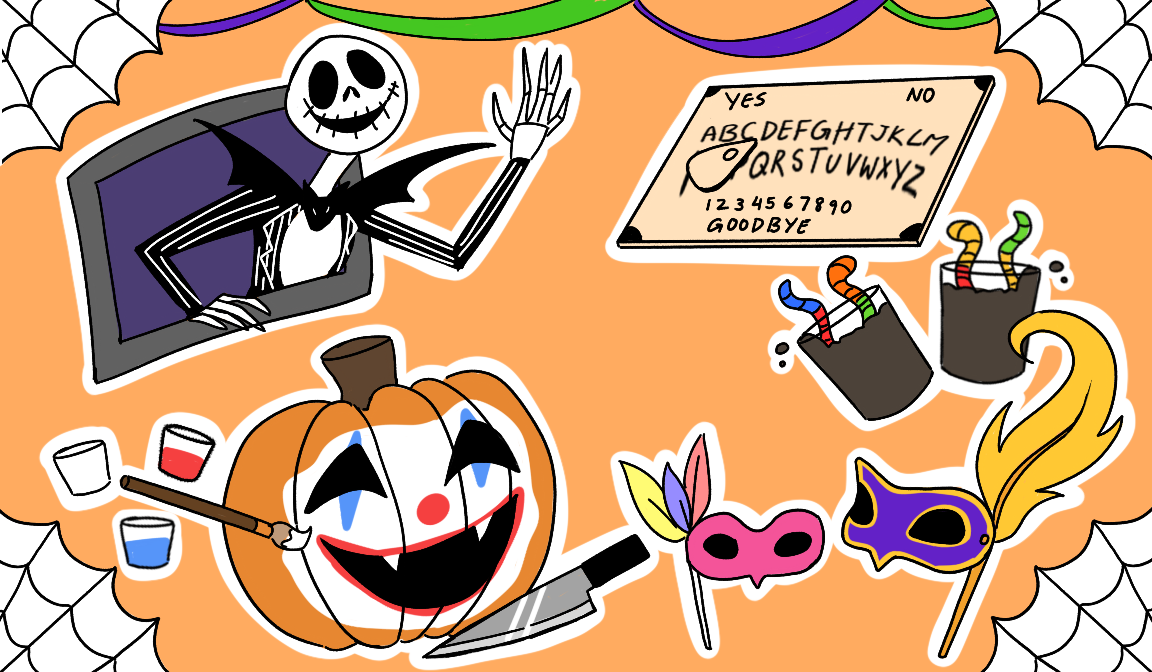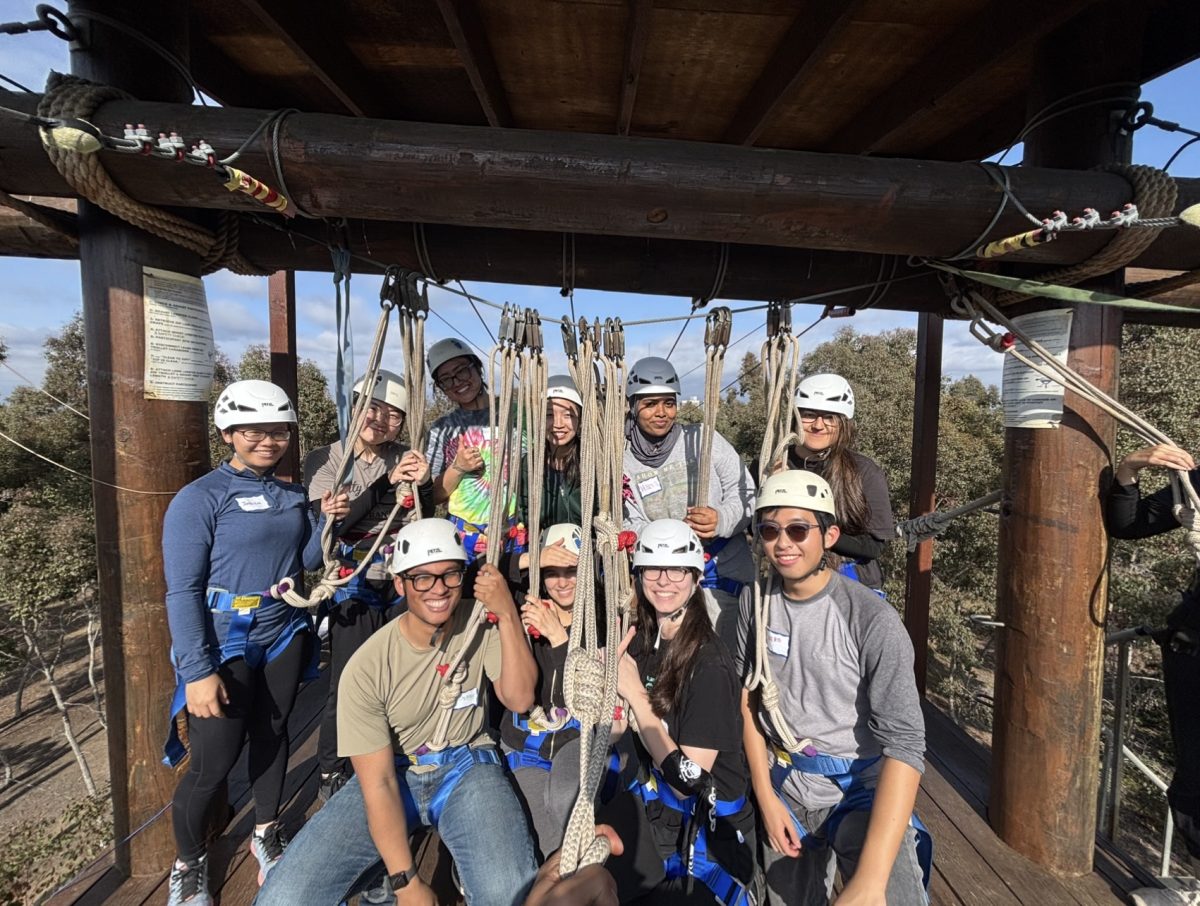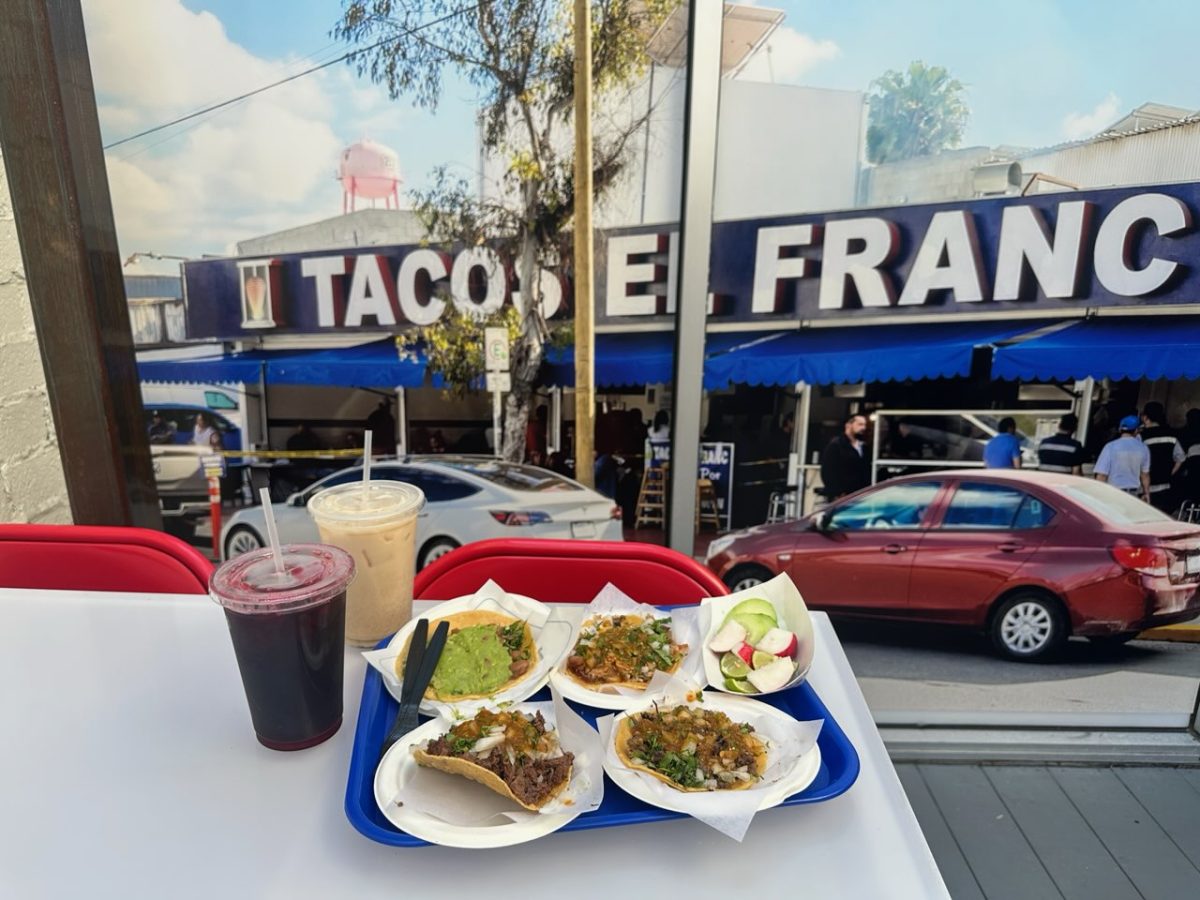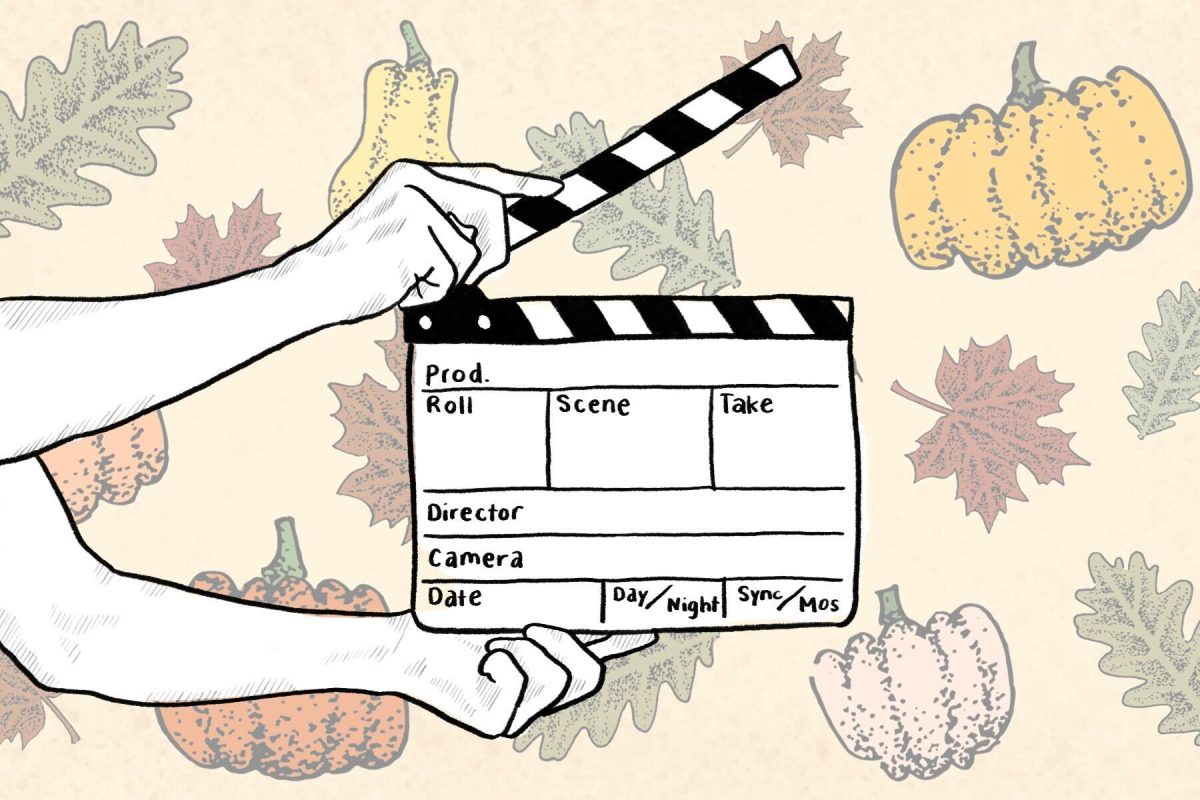The UCSD Guardian is celebrating its 50th anniversary this year, meaning our paper’s founders are 50 years older than me, making me feel both very young and somehow old. This paper has a very storied history and has undergone a lot of functional changes. Like our paper, fashion at UC San Diego has also changed. Three trends stand out.
Almost the Summer of Love
1967 is just one year off of the Summer of Love, and people on college campuses were not afraid to show it. Led by anti-war sentiment, the hippie movement dominated youth culture and college students all over the country and oversaw students equipping themselves with “flowers in your hair” or settling for a headband, belts and boots. For boys, the jeans and jean jackets were a must, while girls adorned the occasional miniskirt or long and wavy floral dress. Nevertheless both added as much fringe to their outfits as possible. Two elements that were a staple of the era and are still relevant to campus today: long and unkempt hair (yes, I’m looking at you, resident of Jacobs’ underground level) and the “peace and love” sign, a distinct feature of the general atmosphere of the Original Student Center and the Che Cafe.
Looking up to Jackie O
Today, girls follow fashion trends such as athleisure or Instagram-able Coachella-gear. But 50 years ago, students could emulate Jackie Kennedy or Brigitte Bardot, two diametrically opposite trend setters for inspiration. The ‘60s were a period of liberation, symbolized by one Mary Quant, who popularized a youth movement that was not afraid to show some leg, with shapeless mini dresses and skirts, and embraced the “youth” look after a decade of mature female wear. Amongst other trends were pantsuits, brought back from the ashes by once-hopeful Hillary Clinton, and colored everything, from tights to sweaters to jackets, that contrast sharply with the overall tones of white, gray and black that I, among so many of my other contemporaries, love to wear on the daily. In conjugation with the hippie movement, the ‘60s were a time for women to break free, challenge social norms, like how short a dress can, and was an era where youth culture took central stage. Challenging social norms is something our generation is very competent at. And since the ‘60s, hems and fists have only risen, while pants have taken a hike in favor of leggings.
Suit and Tie
Men’s fashion in the 1960s was as always more boring than women’s, but a few key changes appeared during that time. The 60’s style remained pretty conservative — think “Mad Men” — but college students adopted a more relaxed look that combined elements of the hippie trend and larger ties and belts, wider lapels and longer collars. The plain suit design was sometimes rendered more fashionable by geometric designs. The casual wear was defined by polo and knit shirts in various colors, and the 1960s saw the popularization of the sweater for a casual yet elegant style. But when looking at today’s fashion, there aren’t too many similarities to draw. The typical suit and tie has become an anomaly for the likes of bro-tanks, social media “merch” and the California uniform of shorts and flip-flops.
A lot of things have changed in 50 years, especially what we can call “youth culture.” But one thing will always stay the same: we will always be rebels to the cause (or clothes) of our parents, just like they were to theirs. But personally, today’s fashion trends make me wish that I was born 50 years earlier.


